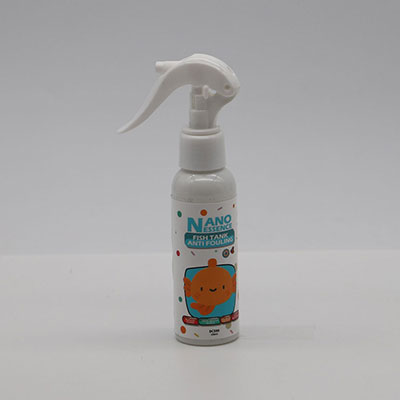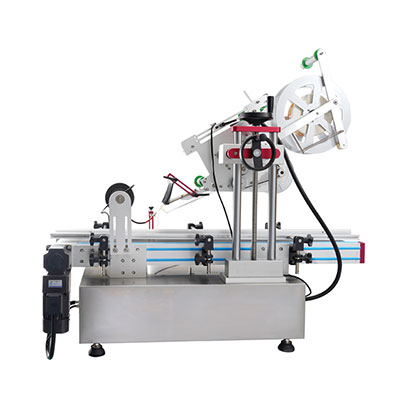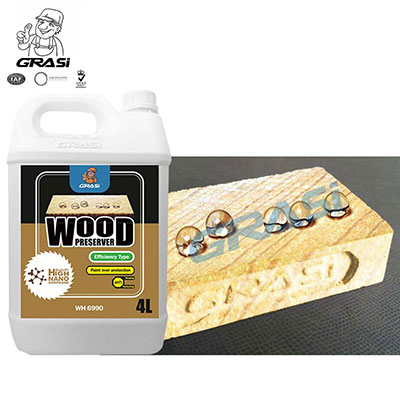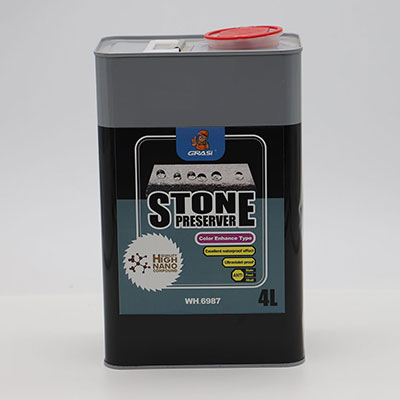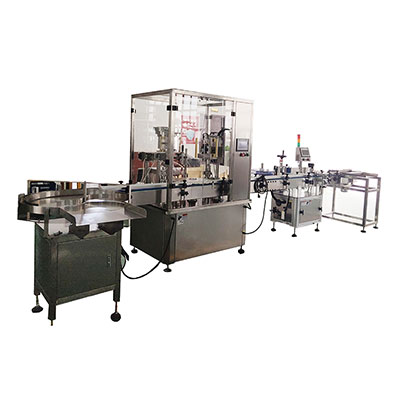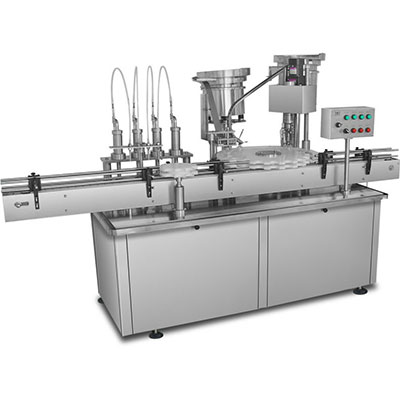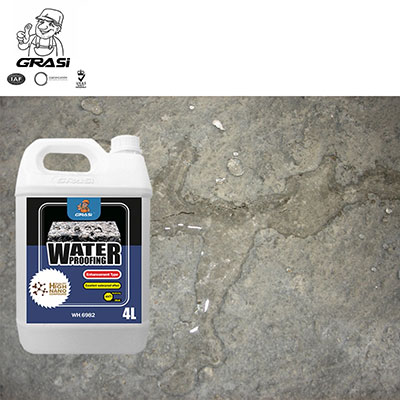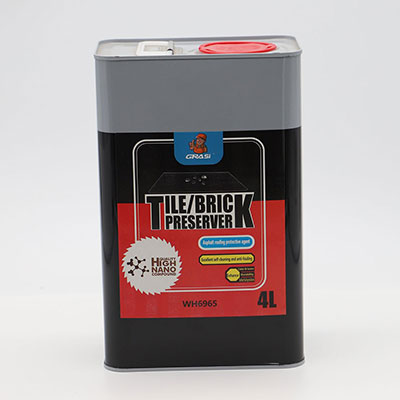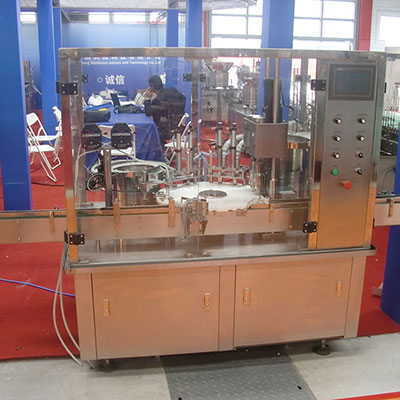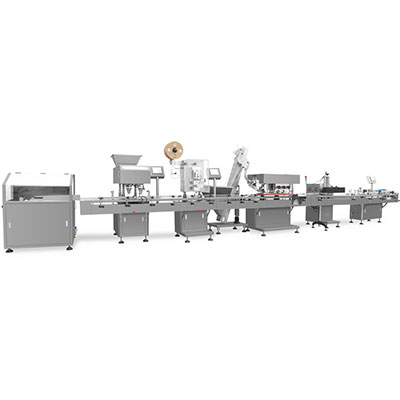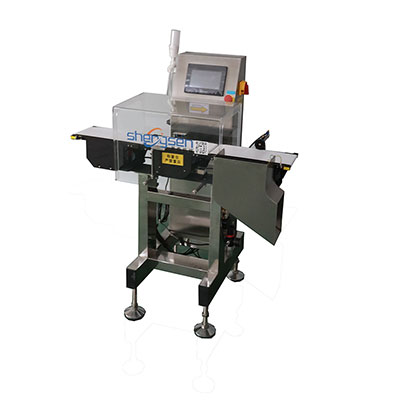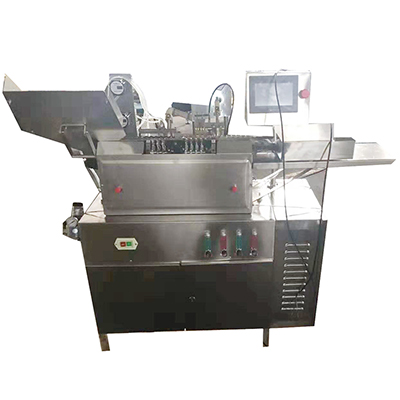Automatic Architectural Block Production Line
Introduction:
The automatic architectural block production line mainly consists of six systems: batching system, mixing system, molding system, stereoscopic transporting system, stacking system, packaging system etc. It can be used for production of various colorful paving bricks, concrete block, water conservancy products, hollow brick and concrete wall blocks etc.
Production process:
The automatic architectural block production line adopts enclosed production flow which consists of computer, various sensors, mechanical and electrical hydraulic system, mechanical parts etc.
The whole production process is controlled by the computer so that it can be accomplished automatically by the machine. The process can be divided into the following steps: raw material moisture content detecting, intelligent dynamic adjustment of water proportion, wet material transportation and molding control, green product transportation, elevator stereoscopic stacking, transporting to the curing chamber by sub and mother conveyor, automatic identifying of unoccupied chamber and capacity carried out by the sub and mother conveyor, uncured green block transportation to the curing chamber, cured product transportation to the lowerator, layered lowering of cured products to the block conveyor, transporting to the stacking yard, automatic stacking of the cured block as one m3 a stack carried out by mechanical arm, transporting to the automatic packaging area by platform lorry etc.
Composed system:
The automatic architectural block production line mainly comprises 6 systems: batching, mixing, molding, transporting, stacking and packaging.
1. Batching system
It is controlled by computer; first input the components data into a computer according to the selected raw materials, then the computer will automatically measure them, after which the batched materials will be delivered to the mixing system.
2. Mixing system
It is suitable for materials mixing of diverse concrete products. The mixing finished material will be transported to the molding machine by the conveyor. The mixing time, amount of water and discharge time are all controlled by computer.
3. Molding system
1) It is controlled by PLC. It adopts hydraulic drive and vibrating compression molding. The computer-controlled replaceable mold can meet needs of various products and materials.
2) This system can display mechanical movements in real time to ensure associated movements; it also has the functions of machine-mounted failure monitoring and auto prompting system, man-machine interaction and remote control.
3) Molds of different specifications and types can be optional to meet the users' specific needs. It can be used to produce various products such as concrete wall blocks, hollow brick, floor tiles and water conservancy-related products.
4. Elevator system
The elevator system adopts mechanical and synchronous transmission which can be controlled by PLC. The molding finished product can be lifted to the ninth layer stably (floor tile and hollow brick can be lifted up to 18th layer).
5. Sub-mother-conveyor system
It is controlled by PLC; the same frequency converter can be used to control both sub-conveyor and mother conveyor, enabling starting at low speed, running at high speed, and automatically slowing down, braking and stopping. It is responsible for transporting the finished products to the curing chamber for initial curing and removing the cured ones to the lowerator from other chambers.
6. Lowerator and stacking system
1) The lowerator is responsible for lowering the cured products to the block conveyor, who performs the work of transporting them to the stacking yard for stacking. The finished products are moved to the yard by forklift, where units are palletized and removed to pallet warehouse after cleaning and tumbling performed by the cleaner and pallet tumbler respectively.
2) The whole line can be manually, semi and full-automatically controlled, realizing a fully-automatic production line combining mechanics, electricity, hydraulic as a whole.
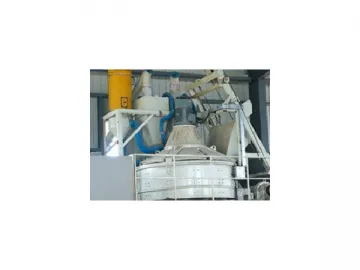
1. Cement silo
2. Batching plant
3. Screw conveyor
4. Cement scale
5. Planetary mixer
6. Belt conveyor
7. Block brick machine
8. Pallet feeder (horizontal)
9. Pallet oiling/cleaning device
10. Pallet feeder (vertical)
11. Green block conveyor
12. Block cleaner
13. Elevator
14. Sub-/mother-conveyor
15. Lowerator
16. Block conveyor
17. Pallet silo
18. Finished product skip deliver system
19. Stacker
20. Pallet tumbler
21. Hydraulic system
22. Centralized control system
23. Horizontal strapping table
24. vertical strapping table
25. Film winding machine
26. Finished product conveyor
27. Curing chamber
28. Load carrier
29. Forklift
JS500 mixer Screw conveyor Independent pallet feeder Mechanical elevator Hydraulic elevator
Customer examples:
Links:https://www.globefindpro.com/products/29266.html
-
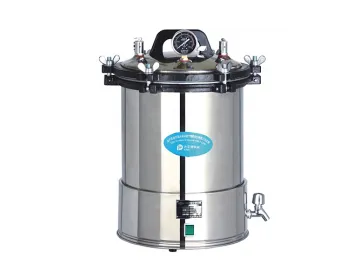 LD series Portable Autoclave
LD series Portable Autoclave
-
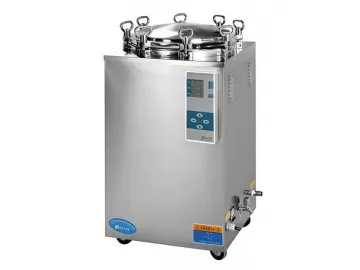 LD series Vertical Steam Sterilizer
LD series Vertical Steam Sterilizer
-
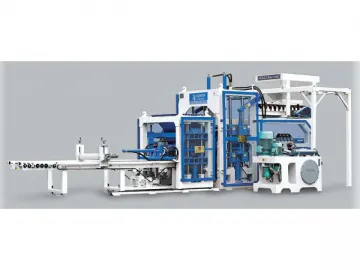 QTF10-15 Concrete Block Brick Machine
QTF10-15 Concrete Block Brick Machine
-
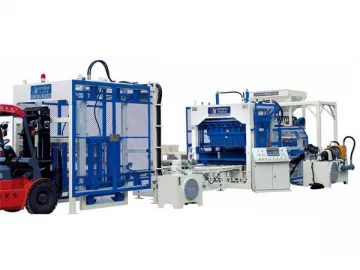 QT12-15 Concrete Block Brick Machine
QT12-15 Concrete Block Brick Machine
-
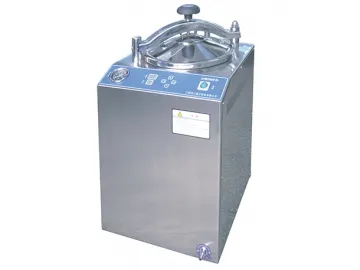 HD28 Vertical Steam Sterilizer
HD28 Vertical Steam Sterilizer
-
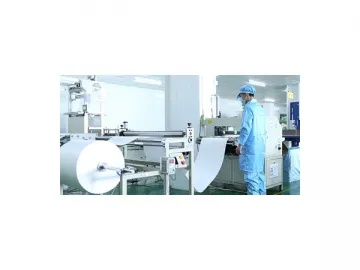 Custom Filtration
Custom Filtration
-
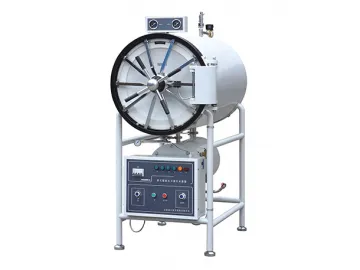 YDA series Pressure Steam Sterilizer
YDA series Pressure Steam Sterilizer
-
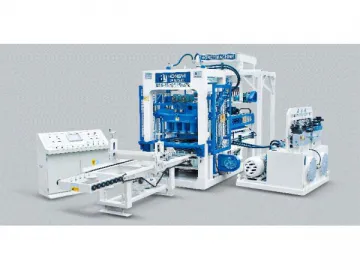 QT6-15 Concrete Block Brick Machine
QT6-15 Concrete Block Brick Machine
-
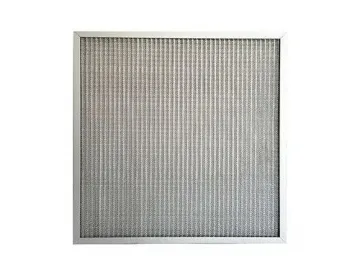 Metal Washable Filters
Metal Washable Filters
-
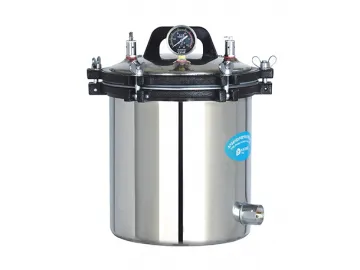 LM series Portable Autoclave
LM series Portable Autoclave
-
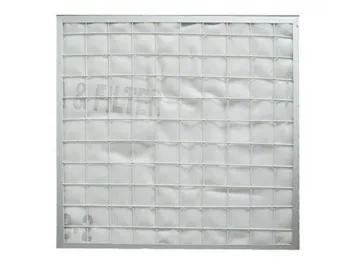 Non-Pleated air filters
Non-Pleated air filters
-
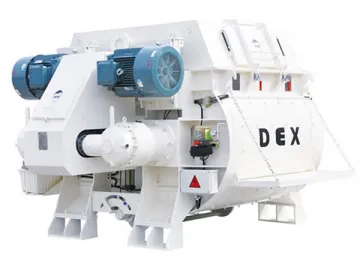 Twin Shaft Concrete Mixer
Twin Shaft Concrete Mixer
